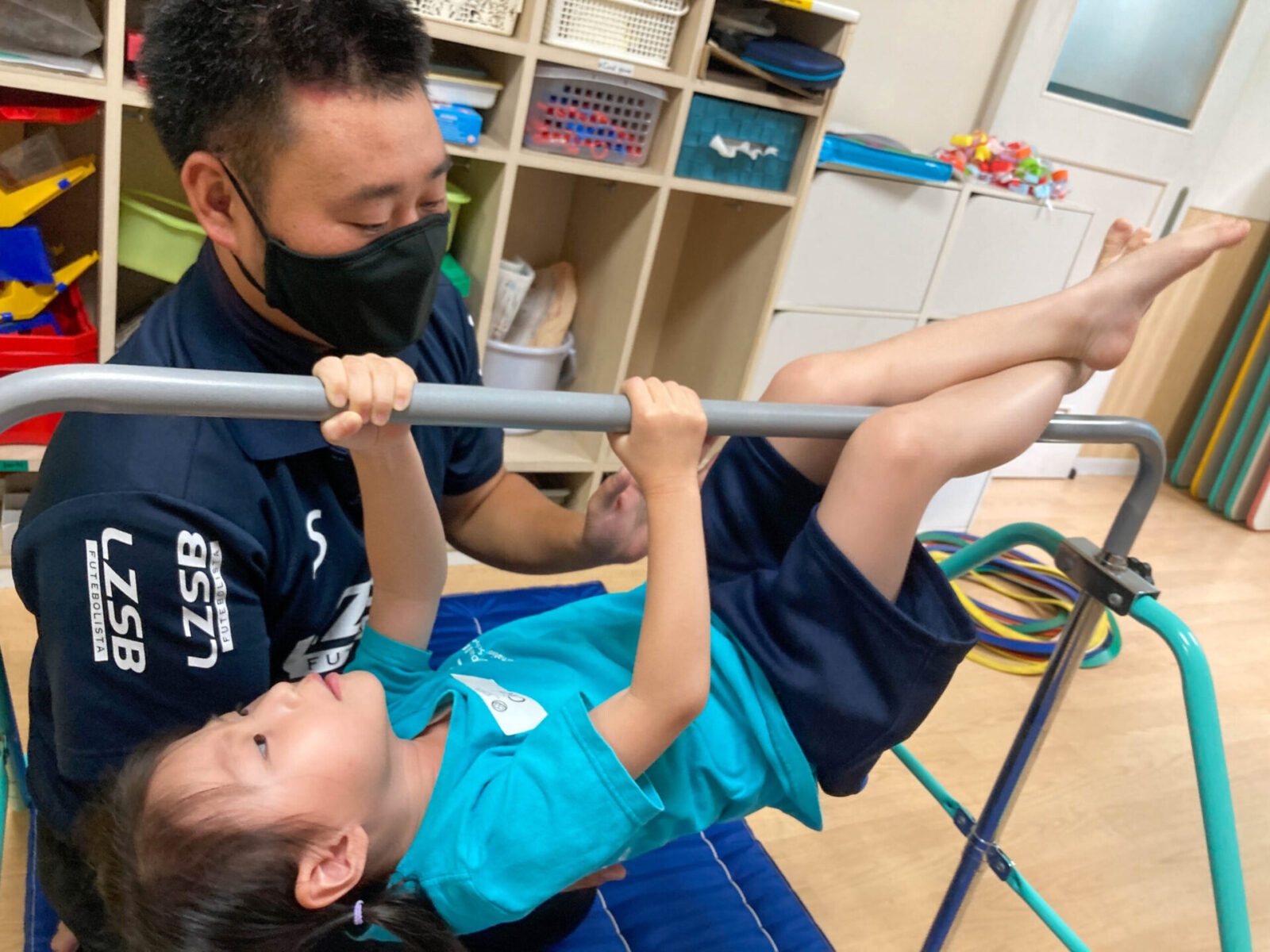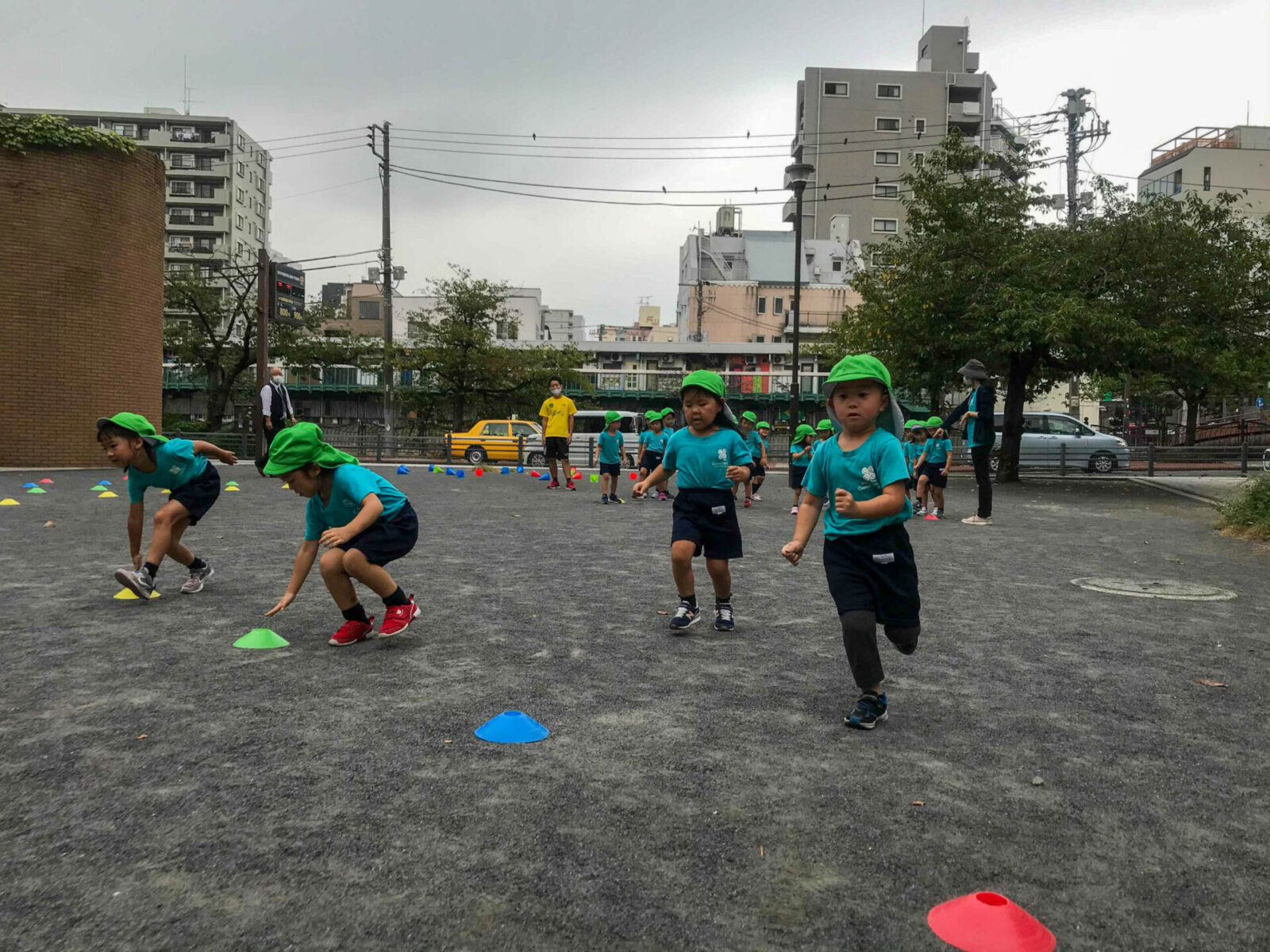Aug 26, Coordisports P.E. Report
We would like to announce the beginning of a brand new column, written by Mr Shuhei! For those who don't know, Mr Shuhei comes to CGK Preschool every two weeks to lead his super fun PE lessons.
Each column will feature some insights or stories about physical development, reports for each PE lesson, and share some YouTube videos showing some physical activities that you can try at home with your child.
To start, let's have Mr Shuhei introduce himself and Coordisports:
Shuhei Otsuka, coordisports Inc.
Hello everyone! I'm Shuhei Otsuka from Coordisports.
Every two weeks, I'm at CGK to teach PE to the children. As part of Coordisports, I visit a number of nursery schools and teach PE and gymnastics. All up, I teach more than ten different sports to over 300 children each week. The philosophy of Coordisports is to "create fun." We believe that the priority is for children to have fun rather than master a sport or physical activity.
I am pleased to announce that I will be writing this regular column.
How can we help children to grow and love exercises? How can parents and children enjoy exercise together? I will do my best to answer these questions, and more, in my columns! I hope you will enjoy reading my columns as much as I will enjoy writing them.
-
Expert Column
The theory of "coordination training" was developed in the 1970s in the former East Germany as part of the training of their athletes. Today, this concept is still widely used in the training of top athletes as well as in exercise for children and the elderly. To put it simply, the purpose of coordination training is to train the sequence of movement that we usually associate with motor nerves. Strictly speaking, there is no such thing as motor nerves. Instead, all movement is triggered by the brain's commands. The brain is responsible for everything, from instantly avoiding what you see with your eyes to calculating the distance between you and your opponent in order to hit the ball. The brain analyzes and judges what it sees with the eyes and senses with the skin. It then sends commands to the limbs and then the body moves. Coordination training make this sequence of steps more accurate and faster. With improved coordination, we can focus on being accurate first, then fast.
-
Jungle (3-year-old) Class Lesson Report

In this PE lesson, we did (1) galloping and skipping, (2) ladder, and (3) mat and horizontal bar exercises. Galloping is a pre-skipping movement. The feet are spread out front and back. The same foot is always placed in front of the other, as the front and back foot bounce in sequence. While in the galloping motion front and back foot are swapped to transition into a skipping motion. Since the children were able to perform the gallop movement smoothly, we challenged them to try skipping. For children who had difficulty skipping, parents should hold hands with their children from both sides and skip with them. The skipping rhythm is important. By creating a rhythm from both sides, children can learn the rhythm of skipping. This is a fun exercise that can be done with the children outside and it will help their progress immensely. On the horizontal bar, each child was given a choice between hanging like a monkey or bat. For both, the head is always lower than the bar. With these exercises the difficulty is considering each movement whilst you are upside-down.
[VIDEO] Counting for 5 seconds while hanging from like a monkey and a bat. -
Mountain (4-year-old) Class Lesson Report

PE was held at the park under cloudy sky and temperatures slightly below 30 degrees Celsius. This time, we did circuit exercises and practiced the relay race. In the circuit exercise, four types of exercise were performed:
(1) ten-meter dash,
(2) ring jump,
(3) zigzag run, and
(4) cone pick-up with the foot.(1) In the ten-meter dash, the children dashed forwards, sideways, and backwards. Children tend to lean forward with their upper body because they want to run fast. However, leaning too far forward makes it difficult to raise the legs and narrows the stride. To correct the balance of their posture, we have them run sideways or backwards. In ball games such as soccer, players also run sideways and backwards. When possible, please practice with your children running in different directions. Zigzag running is a running style in which children move in and out between ten cones placed about one meter apart. Four year-olds often move forward in large meandering steps. As they progress, they gradually form a body axis, their heads move around less, and the width of their steps become smaller. Once the axis is formed, the movement to cut back to the opposite side becomes quicker and feinting improves. We will continue to incorporate "off-balance exercises" to develop children's sense of balance.
[VIDEO] Zig-zag running | ×→large meandering | ◯→small meandering -
Sky (5-year-old) Class Lesson Report

We had PE in the park for the first time in a while and we did as much as we could. We tried two types of exercise: (1) relay and (2) passing game. In the relay, we introduced the rule of a takeover zone. In track and field relay competitions, the takeover zone is the area, from before to after the starting line, where the runner can position themselves to receive the baton. This rule allows the faster runners to run longer distances and slower runner to run shorter distances. Five-year-olds are about to enter school and are at an age when they are learning to cooperate with friends and be considerate of others. Being fast is not the only great thing, and being slow is not bad. The important thing is for everyone to support each other's teammates and think about how to help their team to victory. The relay race will be a part of the CGK Sports Day so we hope that you can enjoy the children's hard work.
coordisports Inc.
Shuhei Otsuka
Website: coordisports
■Books
動画でわかる! 小学校体育 コーディネーション運動50 (体育科授業サポートBOOKS)
1年間まるっとおまかせ! 小学1・2年担任のための学級あそび大事典 (共著)
1年間まるっとおまかせ! 小学3・4年担任のための学級あそび大事典 (共著)
1年間まるっとおまかせ! 小学5・6年担任のための学級あそび大事典 (共著)






















